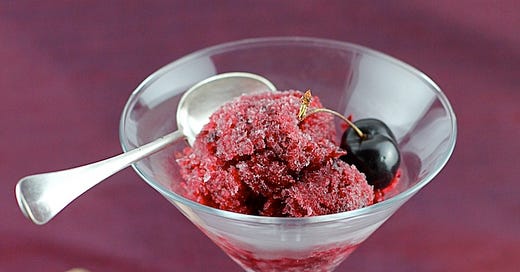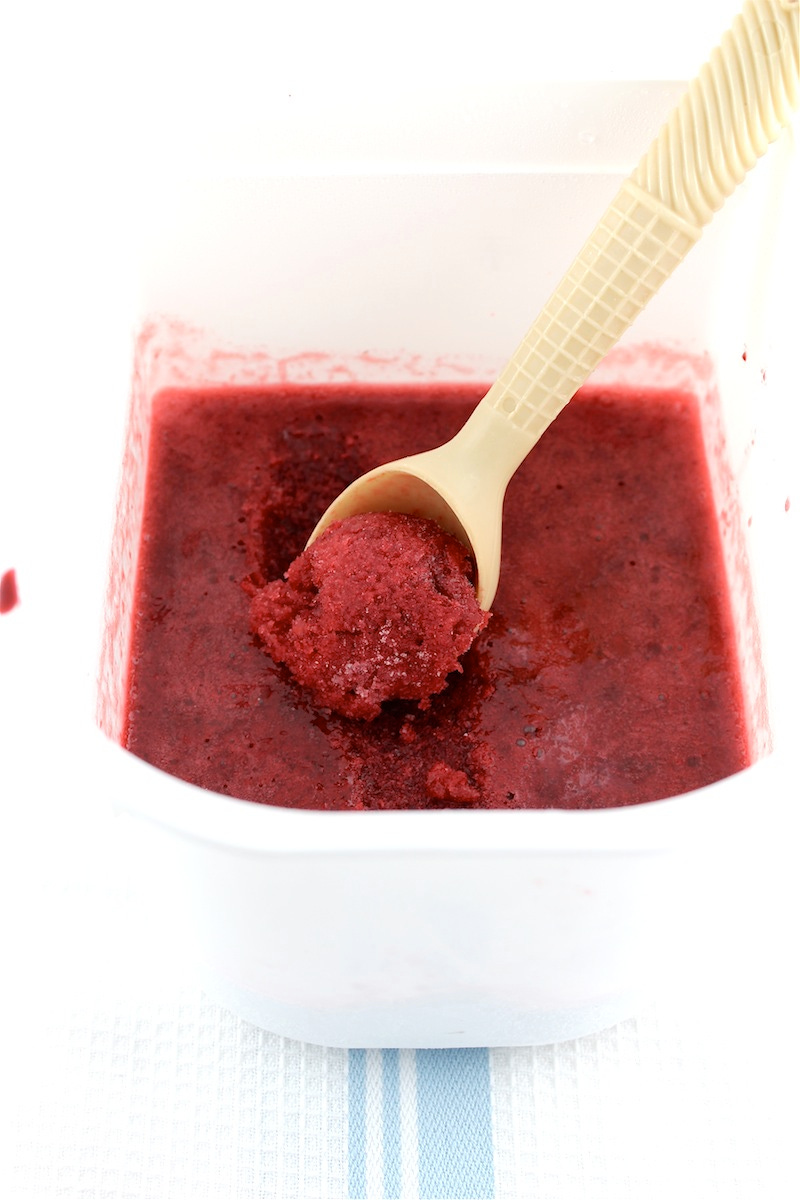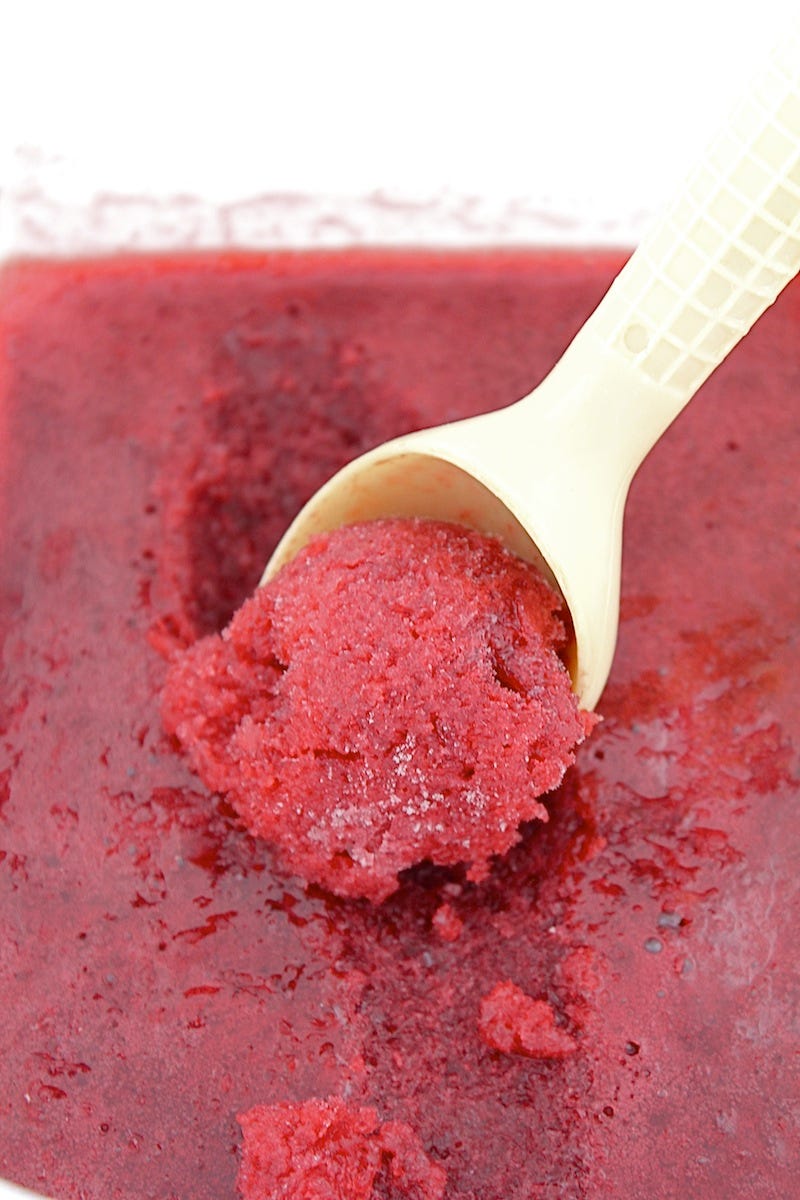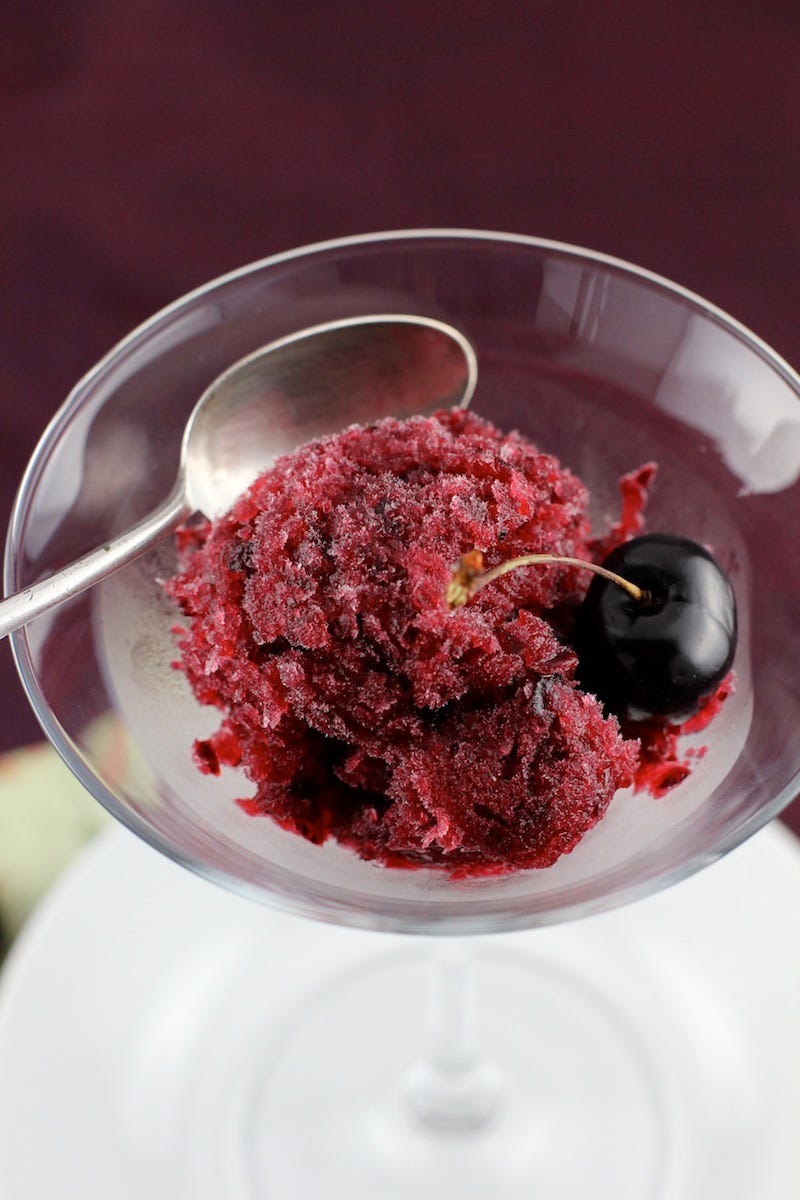“If you can't stand the heat, get out of the kitchen.”—Harry Truman
The heat is on, and I’m not even sure what I’m referring to: the imminent threat of global nuclear war spearheaded by a petty man-baby who is guided purely by optics and applause (when he’s not motivated by stuffing his pockets) or the extreme summer temperatures sweeping across the United States and Europe like nature preheating the oven. I only know that we need to cool down.
It’s been a week. My weather app shows that my little French town, tucked in a lush valley straddling a lazy river, is somehow hotter than my hometown in Florida. The Weather Channel predicts “above-average warmth” for parts of the United States. Above-average warmth. Again, is that a metaphor for the political state of my home country or a polite way to indicate a heatwave? While our man-baby wags the dog in an attempt to cover up the humiliation of his military birthday parade flop—and the haunting images of his masked thugs in polo shirts tackling terrified immigrants—some here legally, some undocumented but long-time, hardworking residents, some U.S. citizens, many of them children—and aggressively shoving them into unmarked vans, we battle the heat to protest an administration well on its way to setting the country on fire.
Mixing food with politics is a hot topic, and it tends to chill me when the world burns. But I’ve been doing this long enough to know that when the temperature rises—politically and literally—the kitchen becomes both refuge and resistance. Though I can't fix a crumbling democracy or reverse the jet stream, I can offer you a recipe—something icy, sweet, and bracing. Because eating well while the world is ablaze isn't apathy; it's fuel. It's choosing to stay alive, stay alert, stay in the fight. So, here’s what I’m making while the headlines scream and the pavement sizzles: sorbet.
We need to cool down to turn up the heat.
Sorbets and granitàs (flavored crushed ices) are ancient, possibly originating in China, known and enjoyed by the ancient Persians, Greeks, and Romans. By the ninth century, they were popular across the Middle East. From the Middle Ages through the Renaissance, sorbets, cold, sweetened, fruit and liqueur-flavored treats—“cultivated snow”—made their way up through Italy and into France. The granità (granits or gramolata in France) arrived from Florence at the end of the 19th century. Pierre Lacam and Antoine Charabot wrote in 1893, “Sorbets differ from ice creams in that they are less sweet and contain a certain amount of alcoholic liqueur, depending on the flavors and alcohol content of the liqueurs used…. The sorbet should act as a palate cleanser for the mouth and a warm boost for the stomach, facilitating digestion.” Gustave Garlin, in his 1887 cookbook “Le Cuisinier Moderne,” added that sorbets and gramolates are served in the middle of a meal, often before the roast, or during balls and soirées. T. Bernardi noted in “Le Glacier Royal” in 1844, granitàs “are iced liqueurs used in many Italian cities, especially for balls and parties.”
“Emma went to bed with her head full of dancing and ices and music.”—Emma by Jane Austen, 1815
I wouldn’t quite agree with President Truman: When it gets too hot, go into the kitchen and make one of these icy refreshments, all the better to lower the temperature.
You’ll notice that the two recipes are identical except for the fruit used. The first, using strawberries, raspberries, blueberries, and/or blackberries turns out a smoother sorbet; using only cherries, the consistency comes out a little bit more like a granità, because of the lower water content and the cherry skins. Whether you make one or the other, the result is fabulous, icy cold, refreshing, fruity and lush. The best thing about this iced treat? No ice cream machine or sorbetière needed!
Berry Prosecco Sorbet
17 ½ ounces (500 grams) berries: strawberries, raspberries, blueberries, blackberries as desired, one kind of berry or a mix
⅝ cup (150 ml) Prosecco, or other sparkling wine, rosé or white, or a dry white wine
6 tablespoons liquid honey
½ teaspoon lemon juice
Rinse the berries and pat dry. Trim and/or hull the berries as needed.
Purée the fruit in a food processor, blender, or with an emulsion mixer. If using raspberries or blackberries, strain and push through a mesh strainer to separate out the seeds; this will leave you with a pure, smooth liquid.
Add the Prosecco, the honey, and the lemon juice and blend or whisk well. Pour the liquid into a freezer-safe container, a metal pan or a plastic container, preferably with a lid, and place in the freezer. The larger and shallower your pan (8 x 12 x 1 inch/20 x 30 x 2 cm), the quicker the sorbet will be ready to eat.
For a shallow pan, stir the sorbet every 15 minutes or so, using a fork, spatula, or metal spoon, until ready to serve. For a deeper container, stir every few hours and then leave in the freezer overnight. Stir it up before serving.
Serve as is or, for a more decadent or elegant dessert, serve with a dollop of unsweetened or very lightly sweetened whipped cream and dot with fresh berries.
Cherry Prosecco Granità
14 ounces (400 grams) fresh cherries, stems removed and pitted
⅝ cup (150 ml) Prosecco or any other sparkling wine, rosé or white, or a dry white wine
6 tablespoons runny/liquid honey
2 teaspoons lemon juice
Rinse the cherries, remove and discard stems and pits. Place the cherries in a food processor or blender and mix to purée. Place in a mixing bowl.
Add the Prosecco, the honey, and the lemon juice and blend or whisk well. Pour the liquid into a freezer-safe container, a metal pan or a plastic container, preferably with a lid, and place in the freezer. The larger and shallower your pan (8 x 12 x 1 inch/20 x 30 x 2 cm), the quicker the granità will be ready to eat.
For a shallow pan, stir the granità every 15 minutes or so, using a fork, spatula or metal spoon, until ready to serve. For a deeper container, stir every few hours and then leave in the freezer overnight. Stir it up before serving.
Serve as is or, for a more decadent treat or elegant dessert, serve with a dollop of unsweetened or very lightly sweetened whipped cream.
Jamie Schler is an American food and culture writer living in France where she owns a hotel and writes the Substack Life’s a Feast.










Oh, I can’t WAIT to try these!! Thank you from sizzling Oklahoma!!
Perfect.